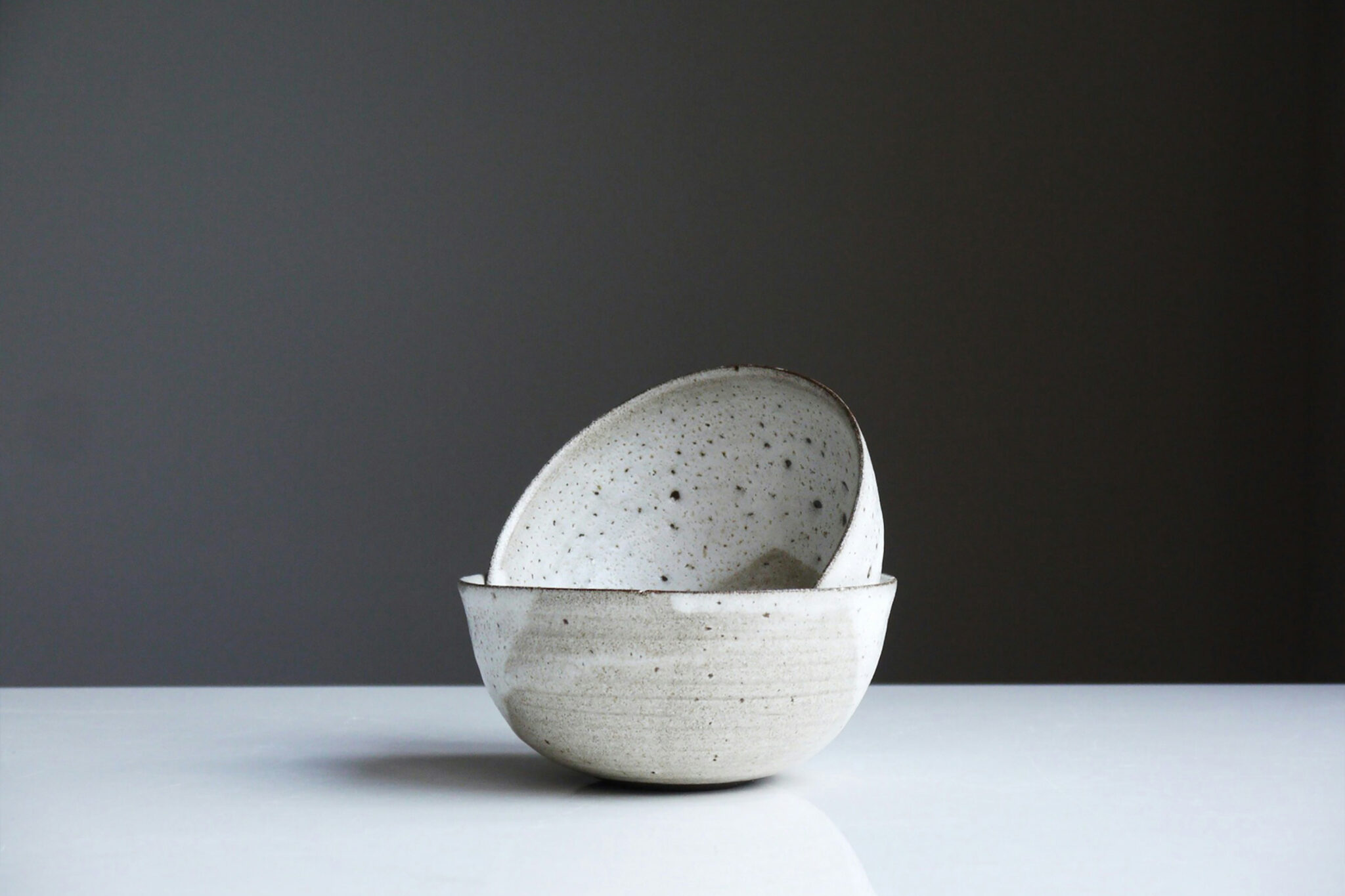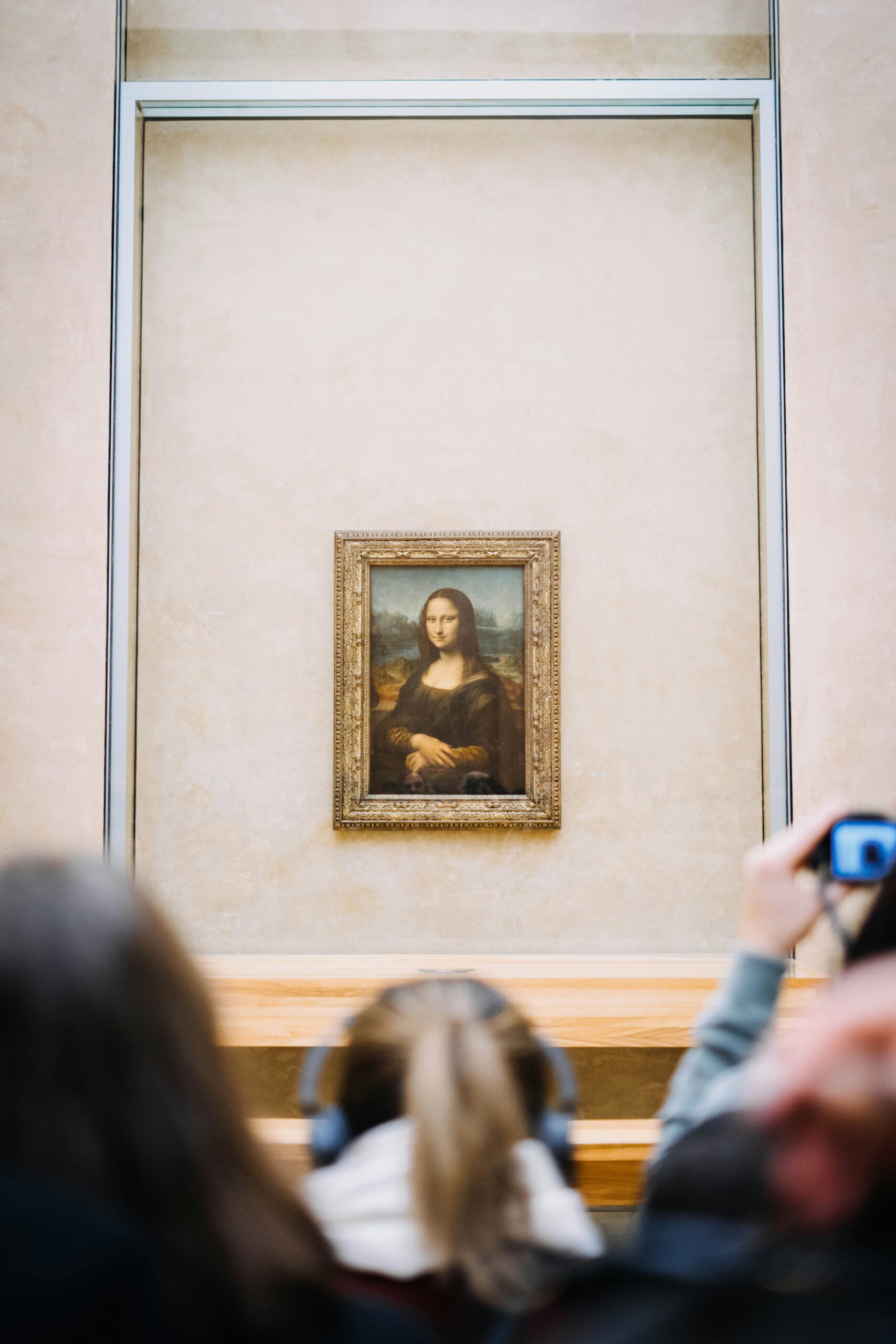“Just one thing from me: let’s stop admiring them.”
With this simple but powerful line, Shohei Ohtani kicked off his pep talk before the championship game of the 2023 World Baseball Classic (WBC). It was great enough to pull Samurai Japan together. They went on to defeat defending champions Team USA 3–2, claiming their third title—and their first in 14 years. A long-awaited return to the top of the world.
Ohtani’s pre-game speech continued:
“If we keep admiring them, we’ll never surpass them. We came here today to go beyond, to become the best. Just for today, let’s set aside our admiration and focus only on winning.”
On that day, Samurai Japan quietly cast off the label of the “humble Japanese” and rose to the challenge with fearless determination—a moment that remains vivid in the memory of Japanese people. But the battlefield isn’t limited to stadiums alone. It may lack the flourish of baseball, or so one might think—but this is not quite the case.
In this article, we spotlight individuals who are boldly and respectfully pushing the boundaries of traditional Japanese culture.
Reimagining the Tea Ceremony with A Unique Contemporary Style
Souryou Matsumura is a modern tea master who maintains the foundations of Chanoyu (the Way of Tea) while crafting a unique style that fits contemporary life. While traveling across Europe as a student, Mastumura had a realization: despite being Japanese, he knew little about Japanese culture. Upon returning home to Japan, he immersed himself in Sado (tea ceremony) , Kado (flower arrangement), and calligraphy. It was Sado that interested him the most. He saw both fun and potential in it, and quickly became absorbed.

Finding joy in what he describes as “freedom between the rules,” his work may appear muchakuchaーa Japanese term meaning “chaotic” or “out of order.” Fittingly, the company he leads is named Mucha-Kucha.
At Dubai Design Week 2023,a world-renowned design event, he produced a tea ceremony gathering titled “Arabi-An Tea House.” The tea room’s design was inspired by the site’s latitude, and it was built using “food concrete,” a sustainable material made from local food waste. This unique concept, grounded in the local culture of Dubai, drew significant attention.

Matsumura frequently collaborates with contemporary artists, dancers, human beatboxers, manga creators, and more. His experimental approach is, in a way, a natural evolution.
As a relatively unknown, first-generation tea master in the world of contemporary Sado, Matsumura entered a deeply rooted tradition with no established lineage to rely on. In order to carve out his own place in the tea world, he had to find a way to survive. Yet, he has never lost sight of the spirit, creativity, and explosive energy that have driven tea culture since the time of Sen no Rikyuーthe historical tea master who codified the Japanese tea ceremony in the 16th century. Matsumura’s work continues to evolve without boundaries.
Focusing on Linguistic Gaps
Hisashi Yamamoto, a calligrapher, is also part of the movement that respects tradition while pushing its limits.

Taking “writing the name of an object onto the object itself” as his conceptual foundation, Yamamoto moves fluidly between calligraphy and contemporary art. While he treats calligraphy as a form of language, he draws attention to a critical gap: linguistics, as originally developed in the West, doesn’t account for scripts like kanji, hiragana, or katakana.
Take the word “apple” as an example.
In English, there’s just “apple.” But in Japanese, it could be written in multiple forms: ringo (in katakana リンゴ, in kanji 林檎, or in hiragana りんご).
「…?」
Yamamoto focused on the clear disconnect between Western linguistics and the linguistics of Japan and other kanji-based cultures.
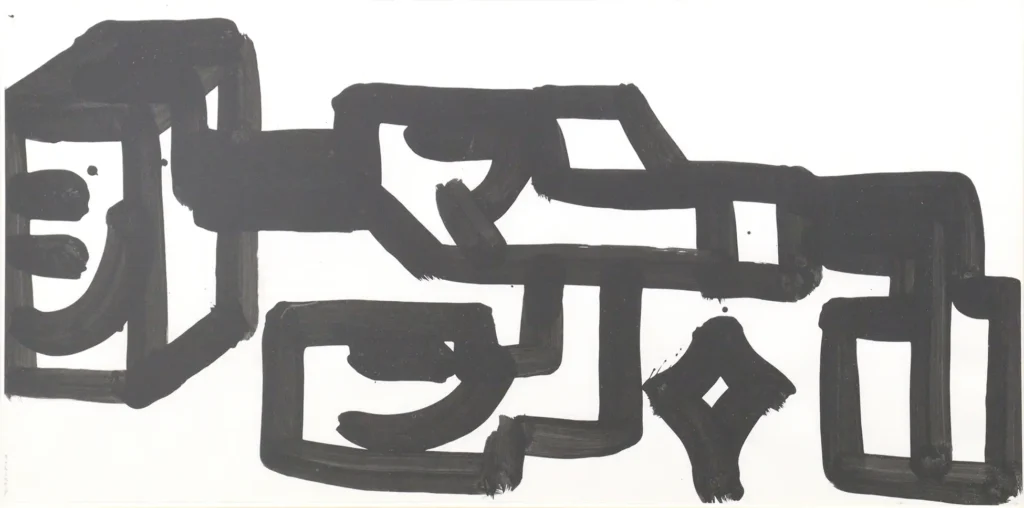
In 2018, he launched “ART SHODO,” an organization dedicated to promoting contemporary calligraphy and discovering new calligraphers. The group has since grown to around 100 members and continues to produce a wide array of new artists.
The world of “calligraphy” as contemporary art, which has expanded from Yamamoto, is gaining significant momentum. It’s something that cannot be overlooked.
Just when it was thought, a pair of sneakers spotted in the street unexpectedly caught attention.
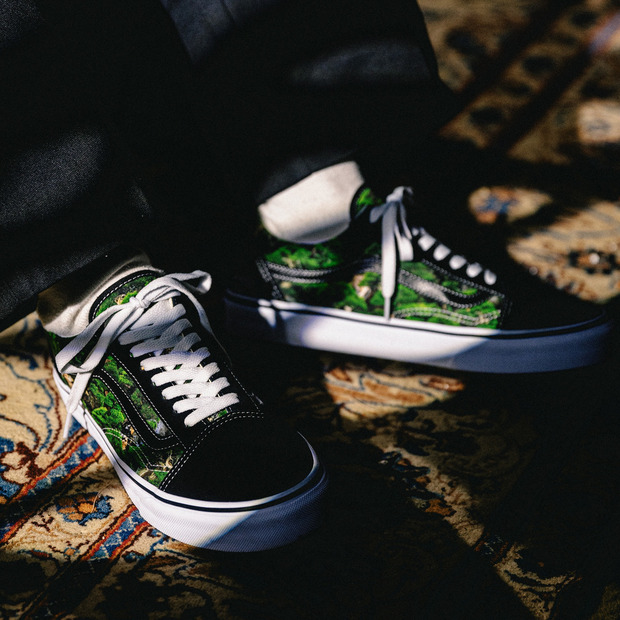
At first glance, the pattern on a pair of VANS “Old Skool” sneakers might resemble camouflageーbut look closer, and you’ll see… bonsai trees!
The New School of Bonsai
Bonsai, which came to Japan from China during the Heian period (794–1185), has evolved into a uniquely Japanese art form. Even Ashikaga Yoshimasa, the 8th shogun of the Muromachi shogunate and cultural patron behind Ginkaku-ji (the Silver Pavilion), was said to have nurtured bonsai.
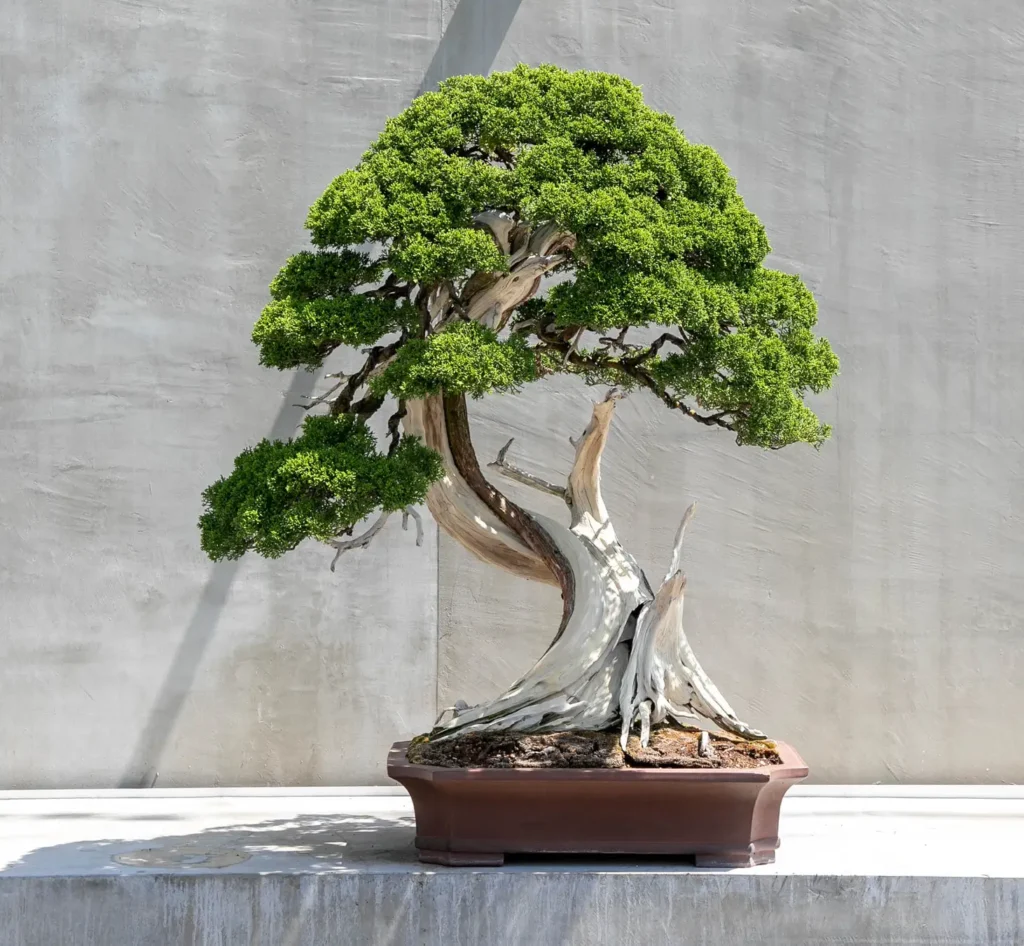
Teppei Kojima is the one who transformed the image of bonsai, which was once considered out of reach. At TRADMAN’S BONSAI, the company he leads, he has successfully launched various collaborations, including the recent one with VANS.
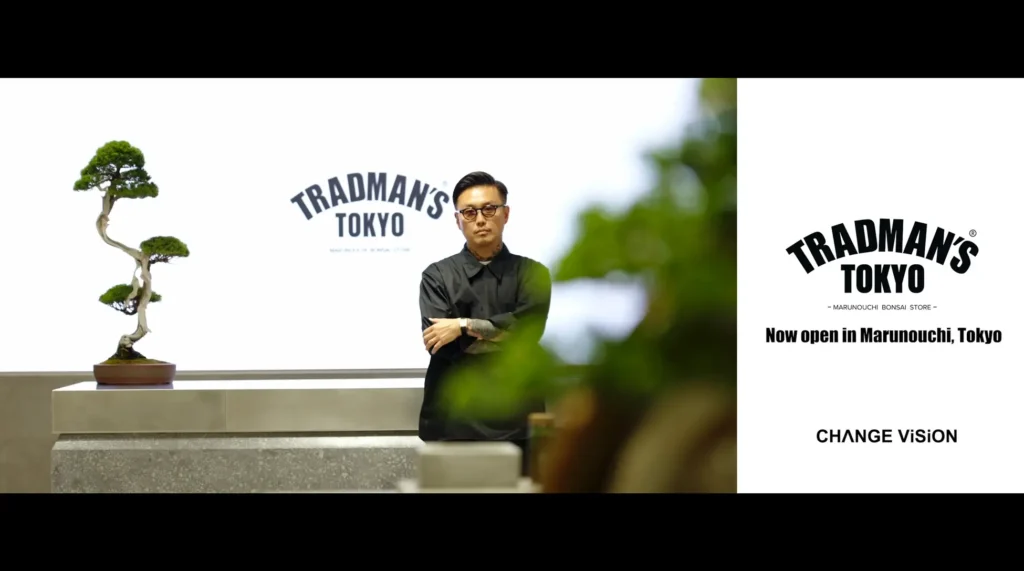
Like Matsumura, Kojima’s turning point came abroad. While traveling in the U.S. as a fashion buyer, he encountered numerous distorted versions of “bonsai”- plants that were neither properly potted nor pruned, with some even painted.
What sets him apart from Matsumura is that he had been exposed to bonsai from a young age.
From the tattoo glimpsed from the hem of his clothing to his love for street culture and fashion, it’s clear that Kojima was drawn to the ‘coolness’ of bonsai from a young age. He aims to remove the distorted image of bonsai seen abroad and convey its true beauty both domestically and internationally.
As he puts it, “There is no New School without the Old School.”
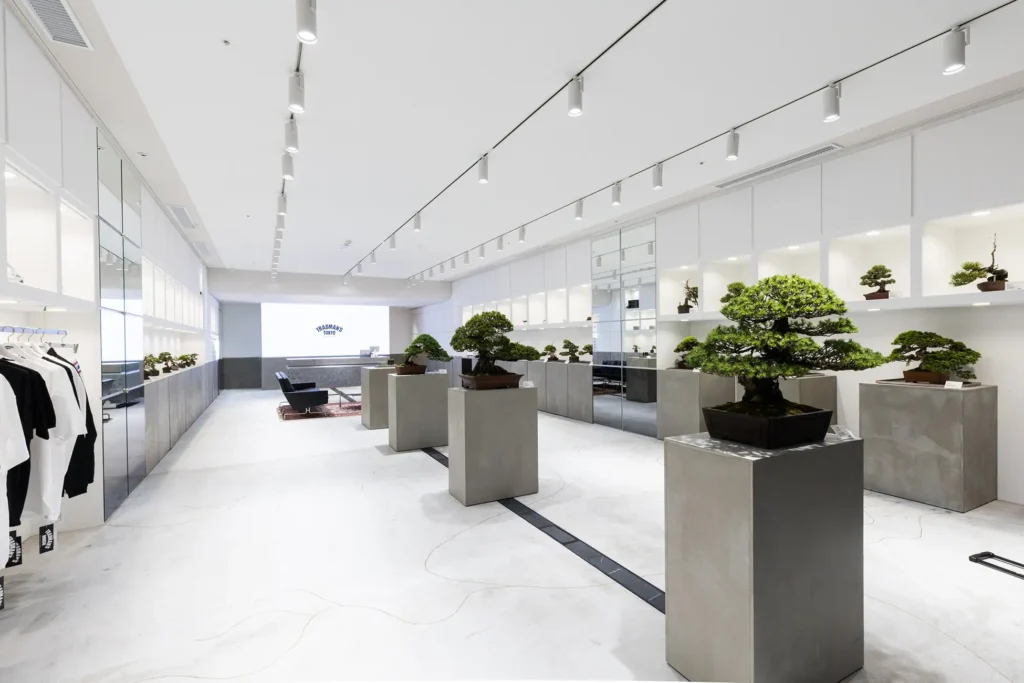
What Matsumura, Yamamoto, and Kojima all have in common is their respect for the past while boldly embracing new challenges. As the theory of evolution suggests, countless species have been eliminated throughout changing times. In the same way, traditional cultures survive and evolve by continuously adapting to the passage of time.
And this is where the true frontier of traditional culture stands.

